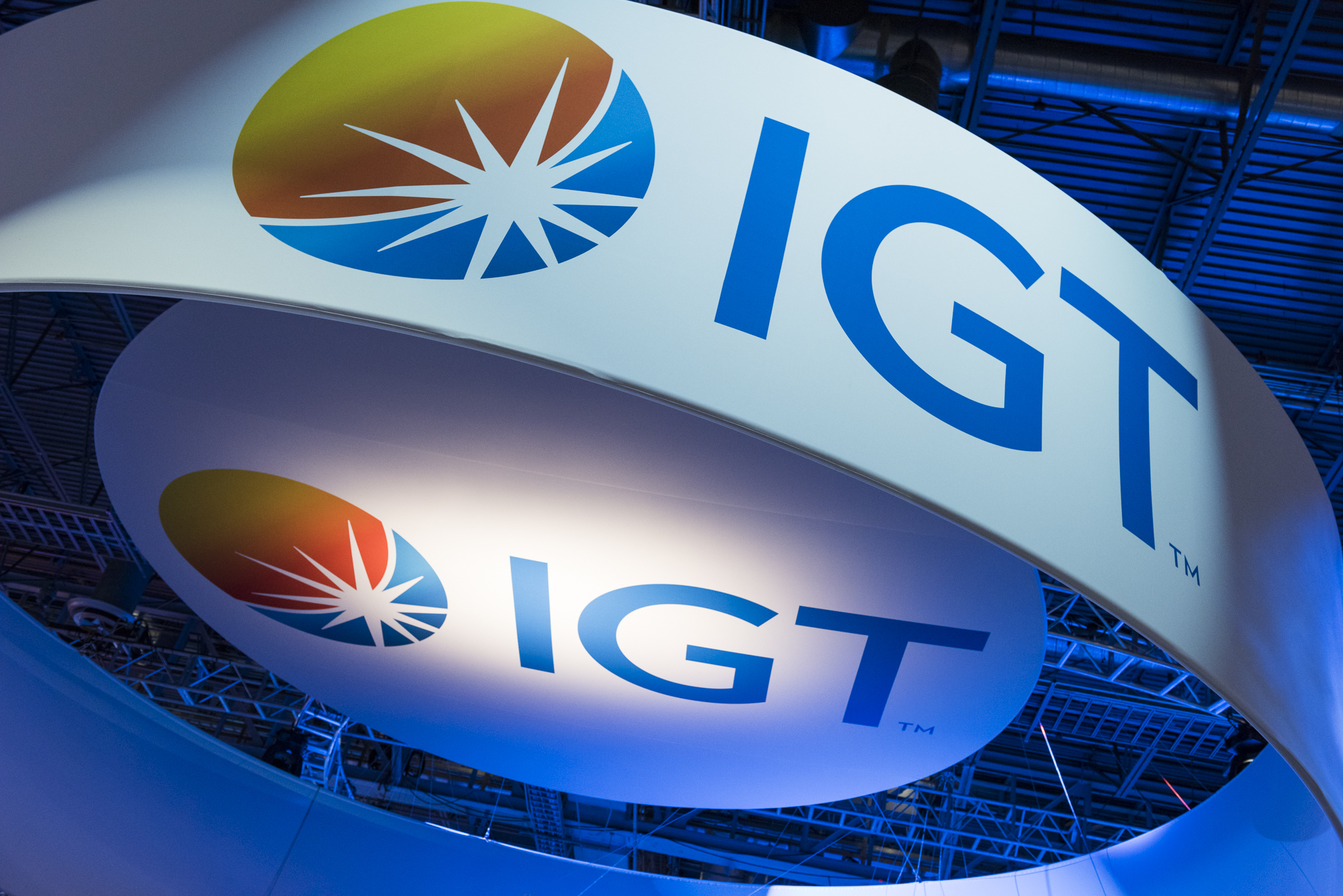
Modern Branding: It’s About Relatability
January 12, 2018
Is Branding Dead?
If you’re a marketer or a business leader and you keep up with the latest perspectives, it’s hard to come away without thinking that branding as we know it is dead.
Many hold that with the maturation of search and the ubiquity of social media, the tools we all learned in graduate school and leveraged in our professional roles are no longer relevant for the demands of our new world. Engaging communications have been supplanted by fulfilling experiences as the prime marketing focus for today’s business leaders.
I think this is right … mostly.
Engagement & Loyalty Decisions
There’s no question that our clients/consumers/customers have changed the process they move through to make their buying decisions with the enhanced utility delivered by search and social media. We see this clearly through the customer journey mapping work we do.
What I’m not convinced is whether the factors contributing to their decision have changed dramatically.
Today’s targets still need to reach three key conclusions:
- “Is it right for me?”
- “Is it best for me relative to alternatives?”
- “Does it deliver to my expectations?”
There’s no question that how they go about reaching these conclusions has changed and therein lies our challenge.
Experience or Branding?
“Does it deliver to my expectations?” is certainly answered through experience. The feel and performance of the product, the helpfulness of the service, the comfort from the feedback they get, both extrinsically and intrinsically all contribute to our targets’ ability to reach this conclusion. The more expectations are met and exceeded, the more people are willing to share their experiences with others and do it again when the need arises.
“Is it best for me, relative to alternatives?” is answered through a combination of experience and the influence of those trusted by our targets – friends and other users. If we’ve done our work well, they’re also interested in what we have to say about our offer. Testing, evaluating, studying the experience of others all tip the scale in our favor as the target is making the final purchase decision. Again, experience is the prime catalyst for this decision. But, if we are trusted, our communications can be influential as well.
This brings us to the first very important decision – “Is it right for me?” There’s no question that our targets’ experience and the experience of others influence this gating decision. But, before experience begins its influence, we need to establish a sense of relevance to jump start the active evaluation process.
This is where branding and marketing can still play an important role.
Universal Drivers of Demand
Recent research and an analysis of drivers of demand across high consideration b2b and b2c categories reveals that a sense of relevance is built in a series of steps.
The foundation is perceived competence – does it know how to do what I need to get done? Does it do it well?
The next layer is empathy – do they demonstrate an understanding of me and my needs? Do they get people like me?
Basic trust is fostered by establishing competence and empathy. Here our targets begin to give us “the benefit of the doubt” and they are open to what we have to say and do, subject to the test of experience.
The ultimate step – Confidence – is built upon the foundation of competence and empathy, and the validation of trust.
These four factors influence the “right for me” decision and help to establish the foundation for the “better than alternatives” decision. Each are shaped by direct experience and the experience of others, but they are also influenced significantly by the Modern Branding work we do to establish the foundation of relevance – “relatability.”
Relatability
Brand “relatability” is a built through a combination of perceived Competence & Character.
Again, competence is simply, “can they do what I need them to do?” Branding can help establish competence through story telling that helps our targets understand what we do, how we do it and importantly why we do it.
Character builds on competence to define who we are and will be in the context of a budding relationship. Branding helps to shed light on character by expressing our personality and our style of interaction. It helps our targets take measure of our fitness for them – trustworthiness, sincerity, empathy and loyalty – and encourages them to suspend their natural skepticism.
Relatability is also enhanced though freshness. As is the case in any relationship, freshness attracts and refreshing reinvigorates interest. Branding is uniquely suited to establish and sustain a sense of freshness that keeps our targets willingly engaged.
Modern Branding Drives Attention & Action
Today, it is commonly understood that branding without experience leads to likely failure. I would hold that the opposite is true as well. Experience alone can’t carry the burden of establishing relatability. The two must work in concert to fulfill the process our targets move through in making their engagement, purchase and loyalty decisions.
So, in my mind, branding isn’t dead. It’s different … and still must be mastered to build the relatability required to stimulate attention and drive the actions needed to grow and sustain our business.
Posted under: Branding Strategy, Changes in branding, Demand Driving Strategy, Marketing Strategy







